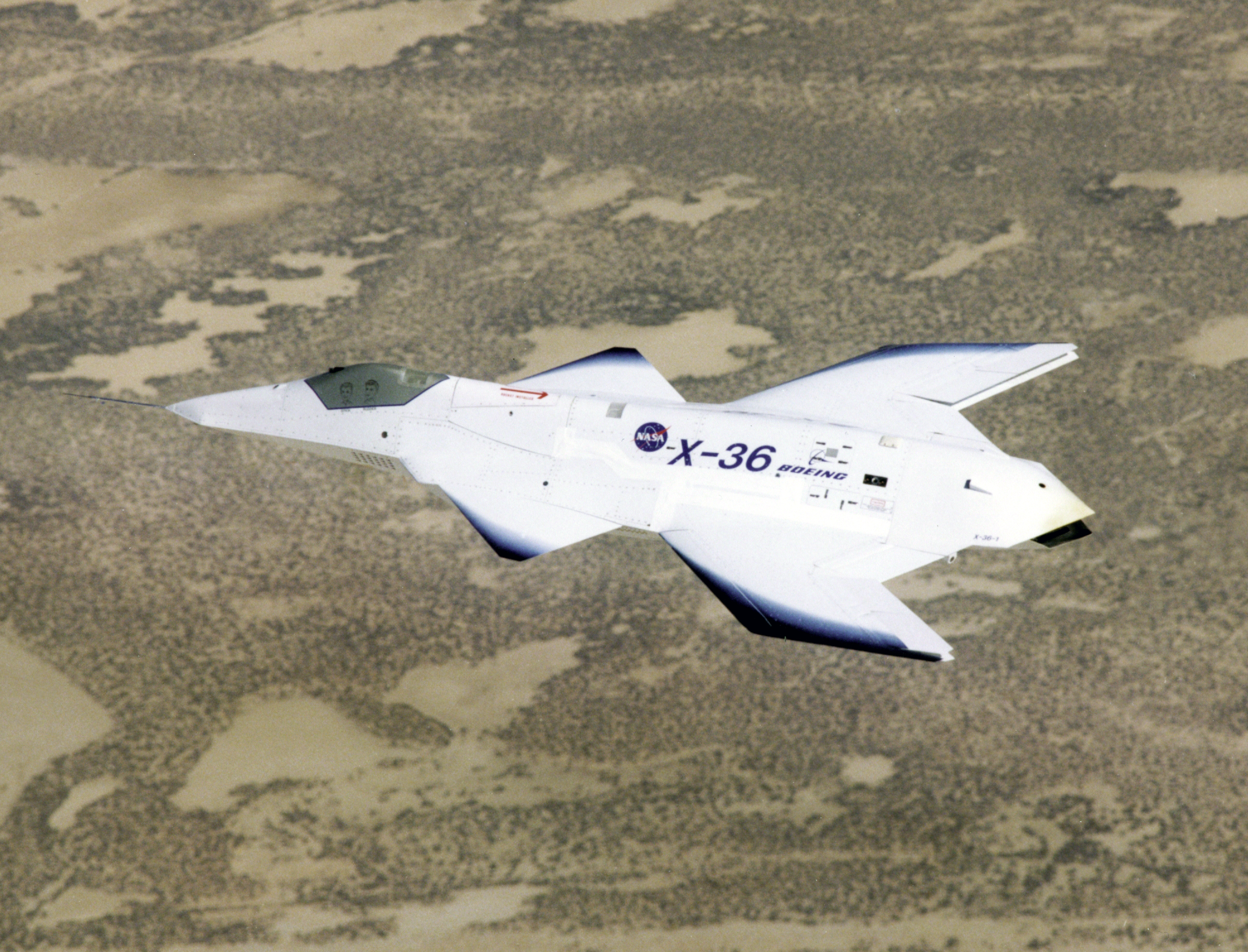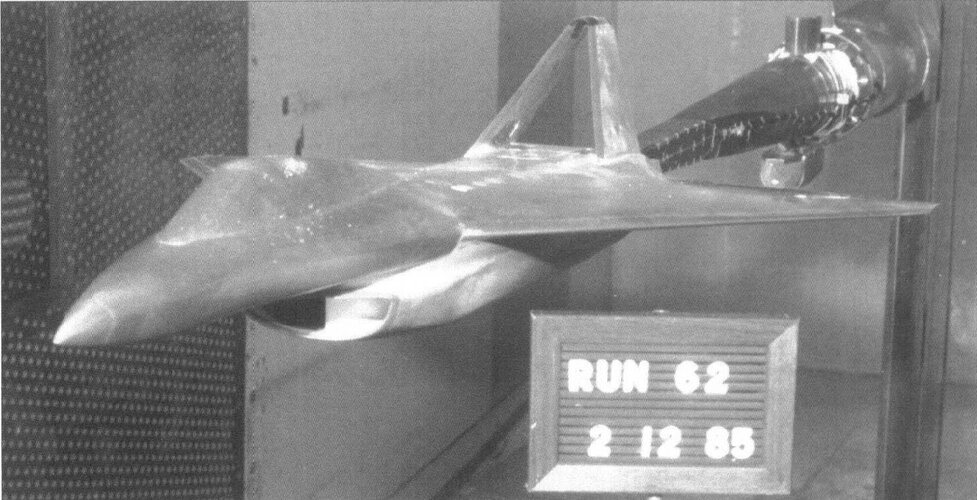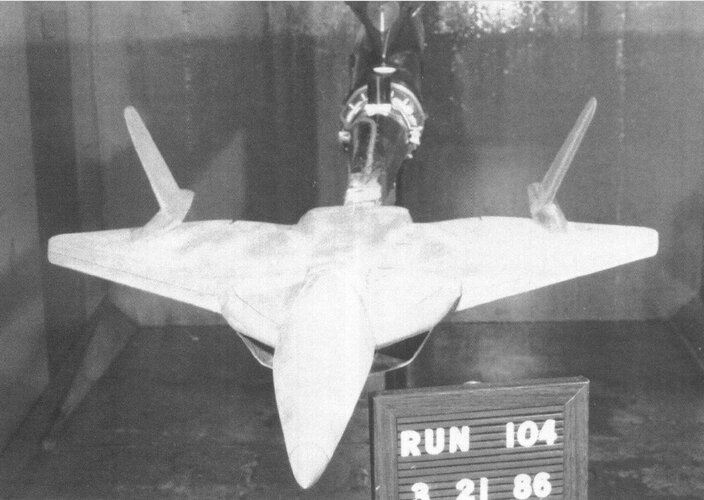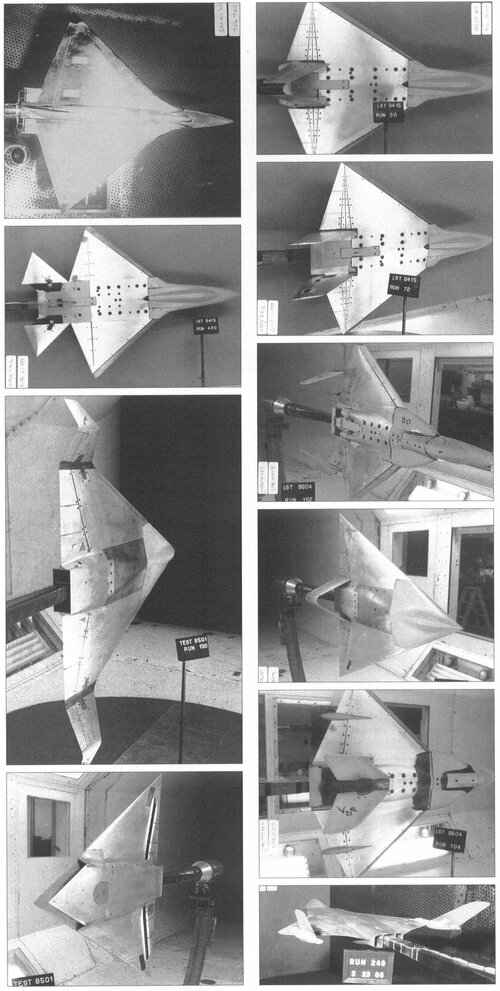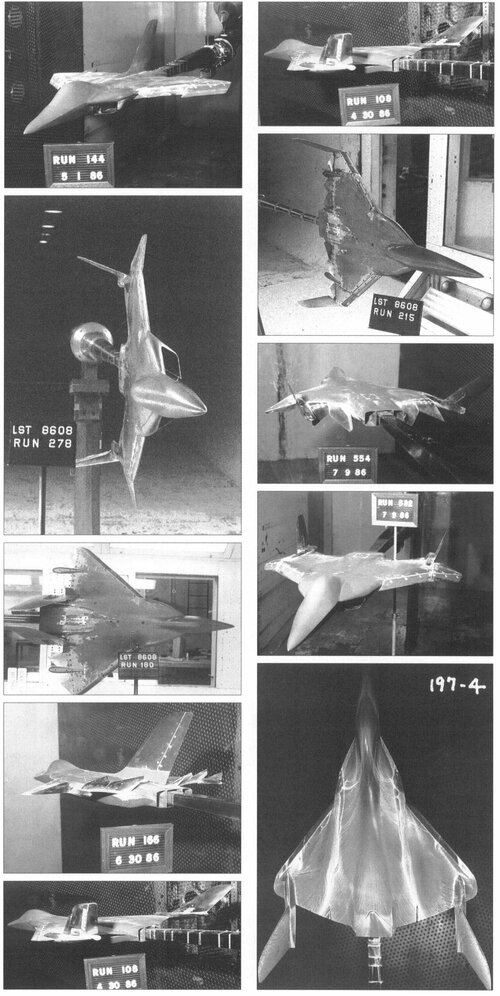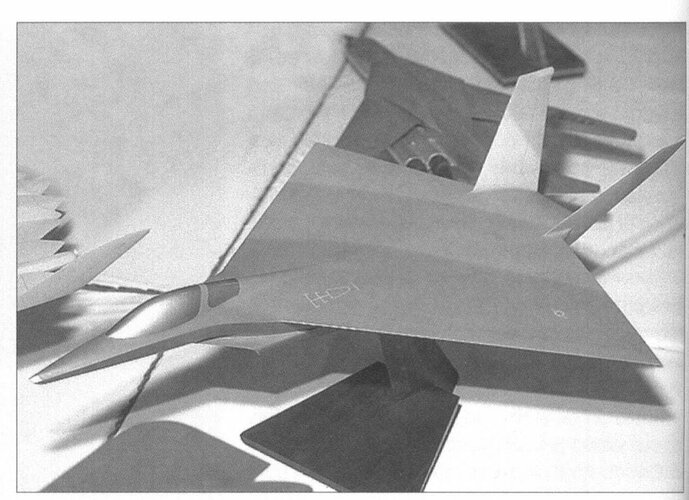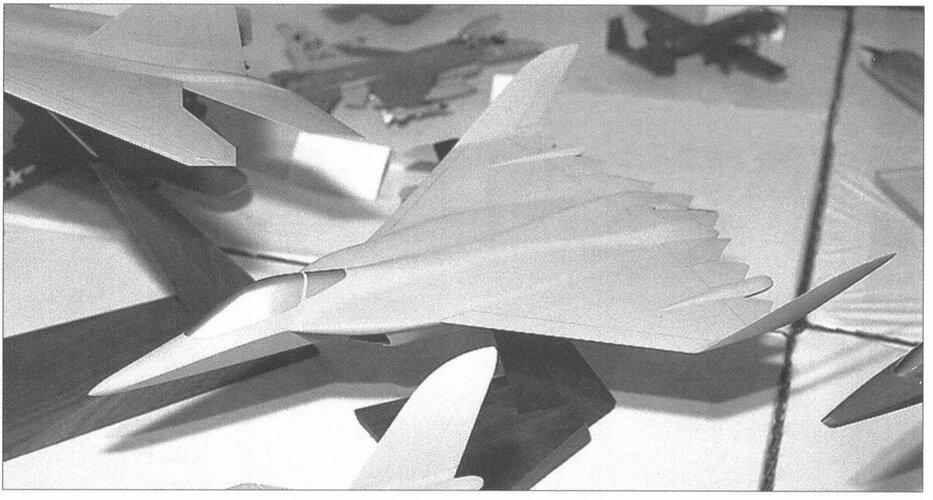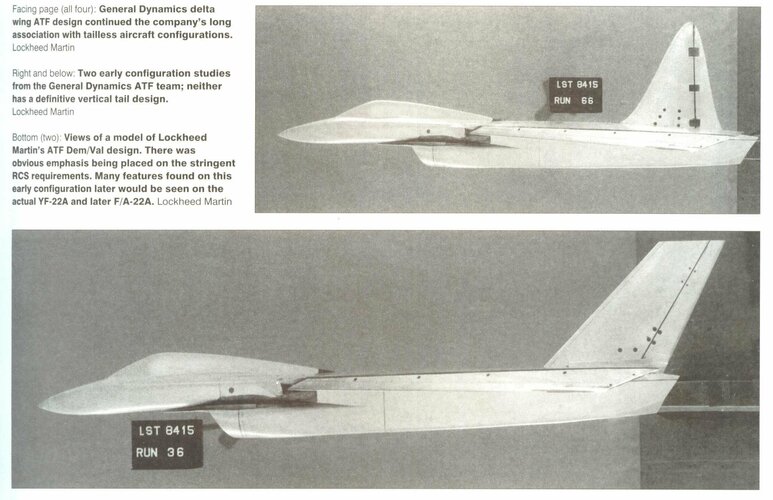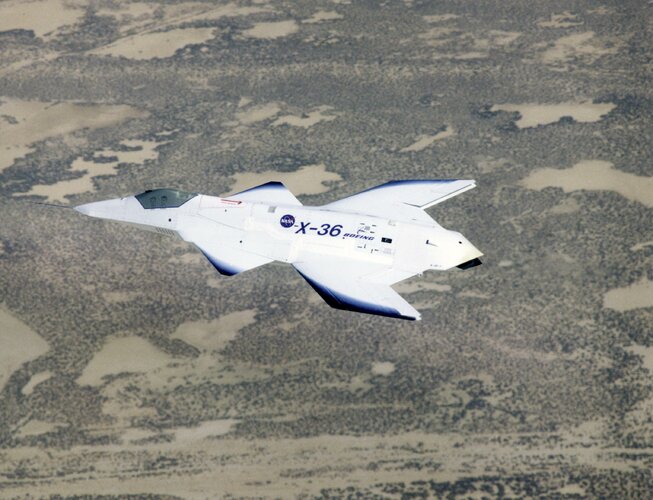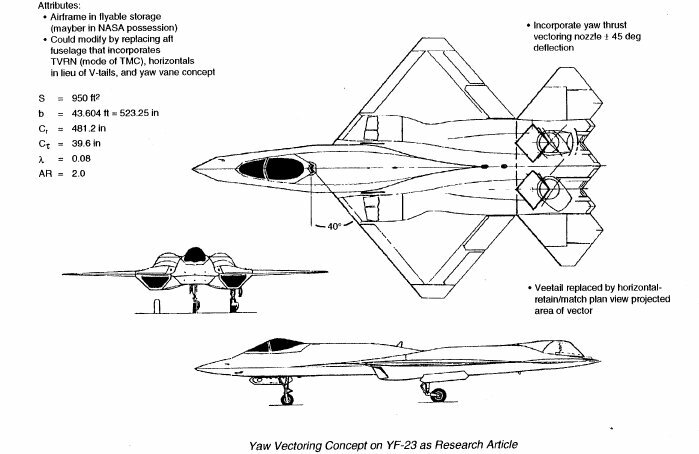- Joined
- 29 November 2010
- Messages
- 1,704
- Reaction score
- 3,219
While browsing the General Dynamics ATF thread..
I was wondering about the impact of the vertical tail design on stealth/radar signature
I've heard rumors that a giant single tail was not good
canted tails (at an angle similar to the fueselage) is generally better.
any thoughts?
also some other designs
via YF 23 site
canted inwards.. I havent seen this really being used

on the wing rather than fueselage (also via YF23)

winglets (this one is angled down rather than up.. if you can consider this a winglet)

or no vertical tail which may have the least signature like on the x-36..but this one has canards

I was wondering about the impact of the vertical tail design on stealth/radar signature
I've heard rumors that a giant single tail was not good
canted tails (at an angle similar to the fueselage) is generally better.
any thoughts?
also some other designs
via YF 23 site
canted inwards.. I havent seen this really being used

on the wing rather than fueselage (also via YF23)

winglets (this one is angled down rather than up.. if you can consider this a winglet)
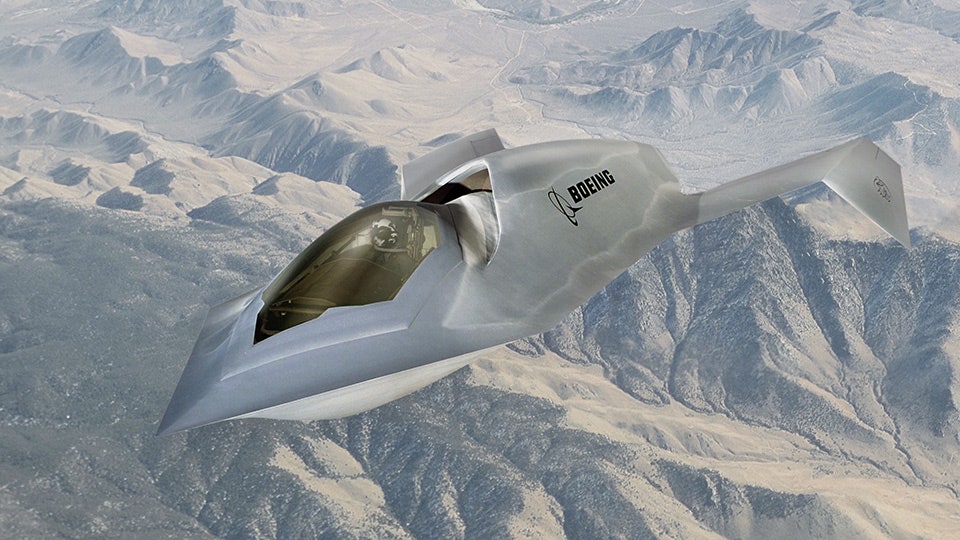
or no vertical tail which may have the least signature like on the x-36..but this one has canards
